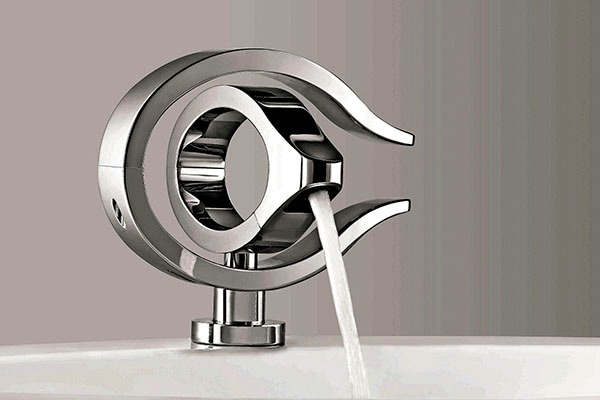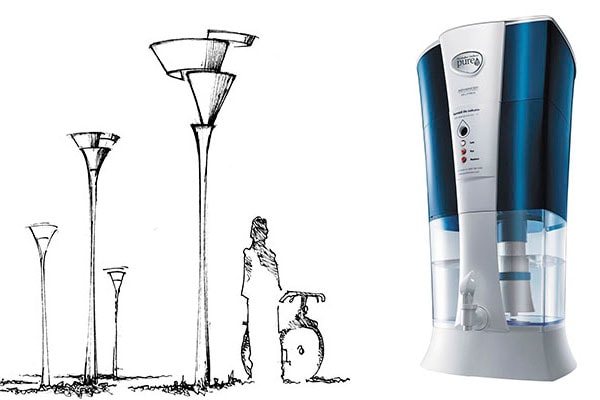
Innovating through design: Part-I
As consumers, we often overlook the role played by design in making a product more efficient and appealing. In a two-part series, we explore the possibilities that design can bring to our lives
Design has an immense ability to bring about systemic changes in our lives. It is embedded so deeply in our everyday experience that we find it difficult to draw lines to distinguish where the influence of design begins and where it ends. Design, thus, creates a greater sense of mystique in the intensity of its impact.
Fundamentally, design has the ability to humanise experiences, whether it is the act of using a stove or driving an automobile. It creates that intervention between the user and the object in its most basic sense—it improves our way of life by resolving challenges. Whether it is a handle grip on a cooking pan or the navigation of a smartphone, both need intense design thinking that brings together creative, logical, ergonomic and functional resolutions.
The need for all-pervasive design
I believe it is important to understand the position design occupies in the minds of consumers today in order to have a better understanding of how far design can push the need for change in society. Today’s consumers travel globally and are aware. Although this has evened out consumer perspective and expectations from design, there remains a gap between the reality of how much design intervention exists in our society and where it really should be.
It is difficult to gauge if good design is at the centre of every consumer’s mind, or whether they understand the true value of design. Consumers are probably at a point where they have an overall sense of the value of good design, but this sense is not sharp enough to pin point what exactly comprises good design.
The reason for this is that design is like a sheath that covers almost every other aspect that is required to make, market, sell and experience a product. This all-pervasive quality of design is better understood when it is broken into smaller fragments that make design tangible to consumers.
Utility, craftsmanship, economics and desire—they are all shaped by design during the process of making a better product. Good craftsmanship and aesthetics are usually seen as the most perceptible aspects of the influence of design. However, several other essential qualities do not get the same spotlight. To me, aesthetics is a manifestation of the seamless integration of many useful qualities of an object, thus making it desirable. The aesthetics of an object drives emotive signals: For instance, fragrance design uses aesthetics to connote emotional and sensorial appeal, while a padlock will use aesthetics to connote a sense of security and trust. Good design finally manifests itself by being genuinely relevant to the consumer through intelligent execution.
Unravelling design
An aspect of design that surfaces very often (and an aspect that I truly believe needs greater focus) is ‘sensitivity to detail’: I believe good design is in the details, and it can only come alive if every single element is thought through in a harmonious and granular manner. This sensitivity transcends superficial ornamentation and is really about how sharply and deeply one can resolve design in a product, bringing alive the beauty of an experience.
The universal dimple on the numeral 5 of a tactile phone keypad, which defines a central reference point to the numeric pad, or the carefully thought-out typefaces on a watch dial—both examples illustrate a great sensitivity in design thinking.
India is a diverse country, and it creates a perfect platform to rethink design in the Indian context. The need to localise the context of a particular product leaves a lot to be desired through design. For instance, Indian kitchens and food habits, towns and public infrastructure, cultural diversity and its impact on lifestyle—all these aspects need far greater attention through design.
Design can unravel new opportunities in the ideation and creation of new products. There is a natural tendency among consumers to get comfortable with existing product experiences and, thus, they don’t innately ask for change.
This is one of the first points of intervention where design can identify and define the latent needs of consumers—needs that a consumer would have loved to have if they knew they existed!
In these circumstances, tools that aid pre-emptive and anticipatory thinking can help designers visualise a host of possible opportunities that might appeal to a user. This can be the genesis of a better product through empathy for the consumer.

Godrej’s Nav-Tal, India’s iconic padlock, gets a contemporary makeover
Changing the way we look at design
Why isn’t design making its impact felt rapidly? We need more organisations to believe that design can significantly impact business and should not be seen simply as reactive tools to satisfy consumer needs.
The second challenge is holistic in nature: There are many design opportunities that exist, but they lie tangled in a web of ecosystems that are not entirely transparent. Design, in such cases, is subservient to the system and often fails to make any long-term impact.
Our approach to design needs a complete rethink if we want to be seen as a design-driven nation. Bringing design sensibilities early into the pre-university phase of learning will invigorate the consumer’s belief in the pivotal role that design plays in every aspect of life. There is a great need to make this awareness reach a critical mass, a threshold beyond which it will make a powerful impact in India.
We need to unshackle design and make the effort to propagate its influence, thus making it instrumental in driving future change.
Michael Foley is an alumnus of the National Institute of Design, Ahmedabad and the founder of Foley Designs. All products featured in this story have been designed by him
(This story appears in the 30 November, -0001 issue of Forbes India. To visit our Archives, click here.)






